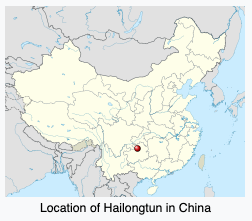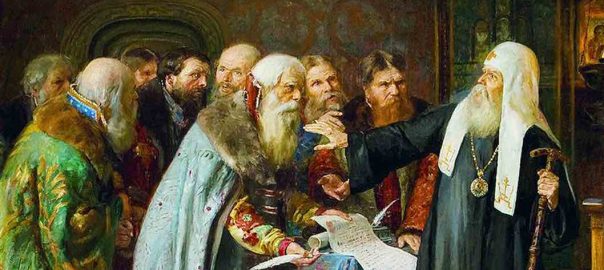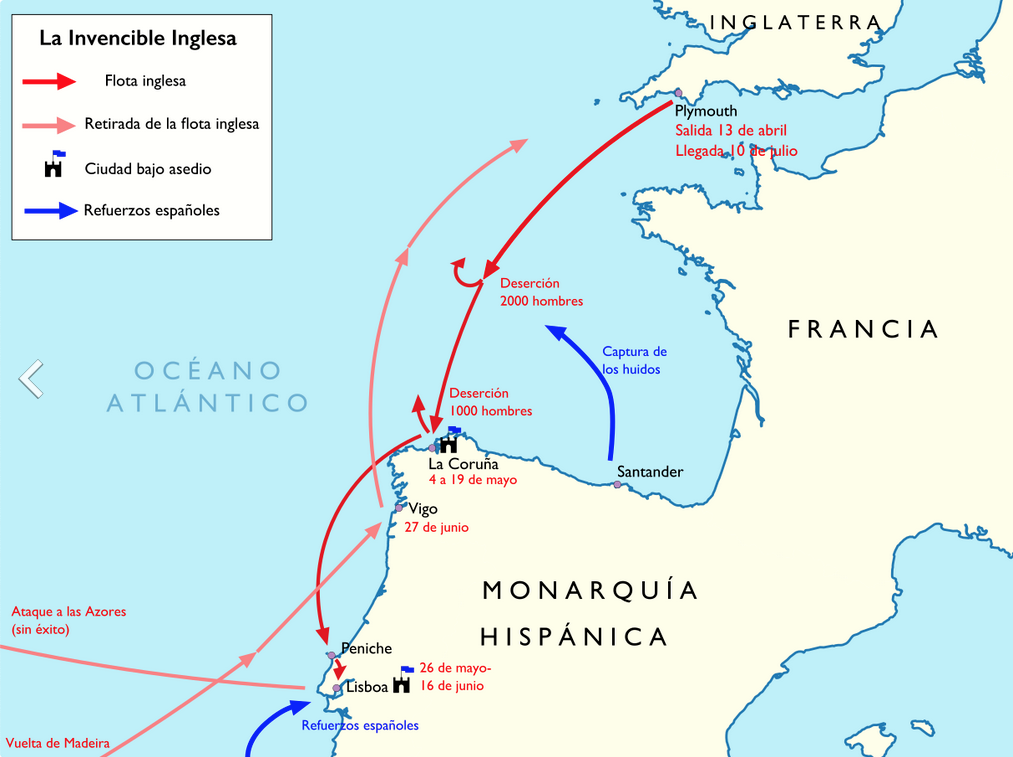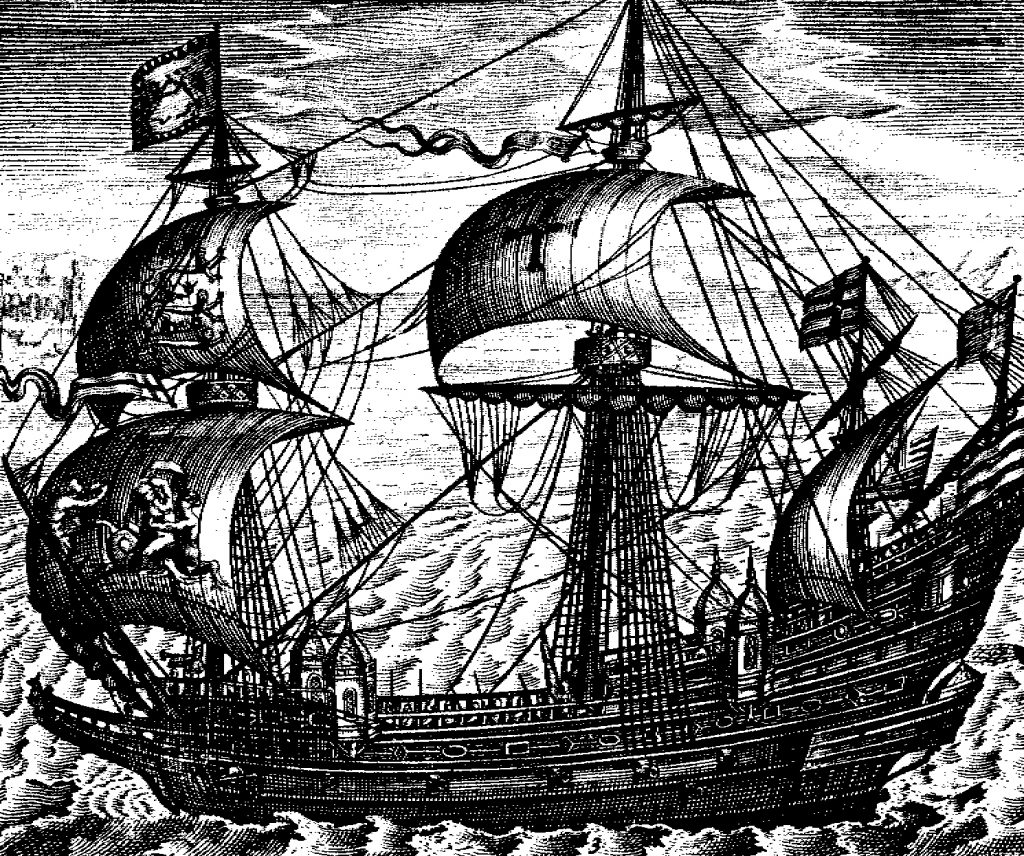I’ll start with two developments in places not on the North Sea/ Atlantic coast then come back to that hub of geopolitical ferment.
Bozhou chieftain rebels against the Ming dynasty
1589 CE saw the start of a rebellion against Ming rule by the Tusi (chieftain) of the Bozhou region. The tusi system of indirect rule had been introduced into some of China’s borderlands back in the Tang Dynasty, under some influence from the Mongols and Turkomans. So 1589 saw the start of a politically complex rebellion against Beijing by first of all a group of tusi from Bozhou, and then by one principal tusi, Yang Yinglong.

This rebellion would last eleven years, before being brutally ended by the Wanli Emperor’s forces in 1600 CE. I found it interesting mainly because of the reported scale of the opposing forces. English-WP tells us:
By 1598 Yang’s rebel army had swelled to a size of 140,000 and the Ming government was forced to mobilize an army of 200,000 with troops from various regions. The Ming army attacked the rebels from eight directions… Anti-rebel suppression lasted three more months. After Yang Yinglong’s general Yang Zhu died in battle, he committed suicide by self-immolation, ending the rebellion. His family was transported to Beijing where they were executed. The Bozhou tusi was abolished and its territory was reorganized into Zunyi and Pingyue prefectures. Expenditures for the Ming campaign was 1.5 million silver taels in total.
Moscow Patriarch separates from Constantinople
So Constantinople/Istanbul, even under the Ottomans, was still the seat of the Orthdox Christian Patriarchate. But as in 1453, at the time of the Ottoman seizure of the city, the ecclesiastical politics of the Patriarchate was complex, muddled, and often very harsh. No matter. In 1589, Patriarch Jeremias II, who had already been deposed and reinstated twice during his time in office, traveled to Moscow to discuss the establishment of a separate Orthodox Patriarchate there with Boris Godunov, who was the First Brother-in-law and effective regent of the whole of Russia.
WP tells us that at first Jeremias actually wanted to be the first Patriarch of Moscow. But Godunov persuaded him to agree that a Russian bishop (and buddy) called Job should have the job; and Jeremias agreed. By an amazing coincidence (!), a few years later, Job would support Godunov’s claim to the Tsardom…
(The banner image above shows Patriarch Job doing some politics.)
Drake’s counter-attack against Spain and its failure
Hot on the heels of his success in crushing Spain’s 1588 plan to topple Queen Elizabeth, Francis Drake planned a speedy and somewhat similar counter-attack against against Spain.
As English-WP explains:
The expedition had three main objectives: burn the Spanish Atlantic fleet, which was being repaired in ports of northern Spain; make a landing at Lisbon and raise a revolt there against Philip II (Philip I of Portugal); and to continue west and establish a permanent base in the Azores. A further aim was to seize the Spanish treasure fleet as it returned from the Americas to Cádiz, but that depended largely on the success of the Azores campaign.
The strategic objective of the military expedition was to break the trade embargo imposed across the Portuguese Empire, which included Brazil and the East Indies and trading posts in India and China. By securing an alliance with the Portuguese crown, Elizabeth hoped to curb Spanish Habsburg power in Europe and to free up the trade routes to these possessions. That was a difficult proposition because Philip had been accepted as king by the aristocracy and the clergy of Portugal in 1581 at the Cortes of Tomar.
Significant, too, that though Drake was now an Admiral of the Royal Navy, this expedition was organized and planned not in the form of a nation-state act of warfare but in the form of a joint stock company! Of its initial capitalization of about £80,000, one quarter came from the Queen and one eighth from the Dutch, with the balance made up by various noblemen, merchants and guilds.
When the English fleet sailed, “it was made up of six royal galleons, 60 English armed merchantmen, 60 Dutch flyboats and about 20 pinnaces. Besides the troops, there were 4,000 sailors and 1,500 officers and gentlemen adventurers.”
They inflicted a certain amount of damage when they attacked Corunna, where the Spanish fleet was being refitted. But the winds were not favorable so it took them longer than planned to get down to Portugal to achieve their next objective: effecting an anti-Spanish regime change there. But the expected anti-Spanish uprising there failed to happen, and then a series of other naval setbacks stymied the plan to capture the Azores.
Here’s how WP catalogs the outcome:
The English fleet lost about 40 ships and the 18 launches destroyed or captured at Corunna and Lisbon. Fourteen of the ships were lost directly to the actions of Spanish naval forces… The rest were lost to a stormy sea as the fleet made its return voyage to England. The outbreak of disease on board the vessels was also transmitted to the port town populations in England on its return. None of the campaign’s aims had been accomplished, and for a number of years, the expedition’s results discouraged further joint stock adventures on such a scale. The English expeditionary force had sustained a heavy loss of ships, troops and resources but brought back only 150 captured cannon and £30,000 of plunder and had not inflicted decisive damage on the Spanish forces…
With the opportunity to strike a decisive blow against the weakened Spanish Navy lost, the failure of the expedition depleted the financial resources of England’s treasury, which had been carefully restored during the long reign of Elizabeth I.
France still mired in civil war
As in 1588, the civil war in France was a notable sideshow to the “big” battle being fought along the North Sea/ Atlantic coast between England and Spain. On August 1, 1589, King Henry III– who was accused by France’s powerful and Spanish-supported Catholic League (CL) of being too soft on the Protestants (Huguenots)– was stabbed to death by a fanatical Dominican friar.
(Let’s not forget that the Dominicans had been running Spain’s Inquisition for nearly 100 years by then.)
Henry III had apparently been on his way with his army to capture Paris from the ardent Catholics who were controlling it. His killing threw the army into disarray, but on his deathbed he anointed his cousin Henry of Navarre to be his successor. But Henry of Navarre– who at that point became Henry IV– was even more suspect to the CL: In his boyhood he had been raised as a Huguenot! He speedily declared his intention to “maintain and preserve the Catholic religion” of France, but the CL was already mobilizing strongly against both the Henrys.
A few days after Henry III’s killing, Henry IV was able to take the key Normandy port of Dieppe. But the CL forces were closing in and it looked indefensible to Henry IV, so he decamped to a nearby spot called Arques and set about strengthening the fortifications there.
Then this:
Between 15 and 29 September 1589, the troops of the Catholic League launched several attacks on Arques and the surrounding areas, but [CL commander the] Duke of Mayenne’s forces were countered by royal artillery. The attacks were extremely deadly for both sides, and soon Henry IV’s side found itself undermanned.
Henry’s rescue came from the sea on 23 September: 4,000 English soldiers under Roger Williams sent by Queen Elizabeth had left England in several waves over three days. Seeing these reinforcements, the Duke of Mayenne decided to retreat, leaving Henry IV victorious.
It seems Henry IV’s army didn’t do much winning after that but he held onto his throne.




